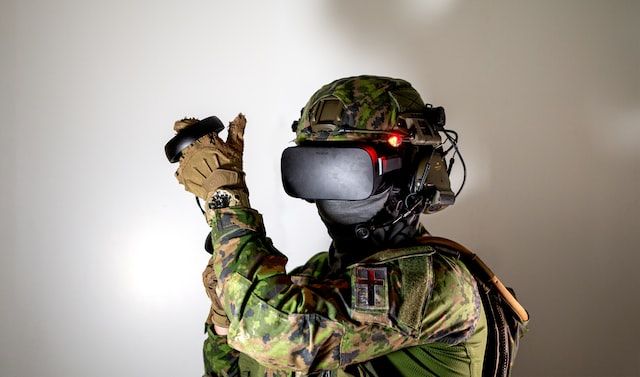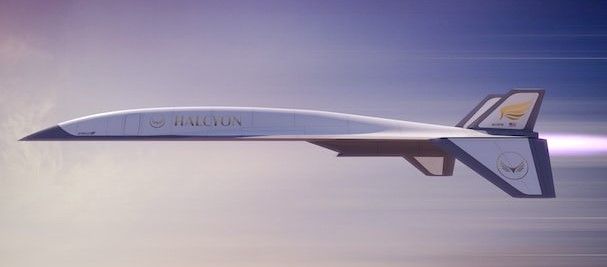Even More Technologies that Will Shape the Military in 2023
Which of these developments will change warfare the most?

The military has always been innovative. From the invention of the trebuchet to the first jet airplanes and rockets capable of going to space - technology has always been at the heart of winning wars.
This article is a continued look at cutting-edge military innovation. To learn more on this topic read Technologies that will Shape the Military in 2023.

In this context, it is worth examining which of today’s technologies will shape the military of tomorrow.
1. Hypersonic flight.
Modern strategic specialists believe that it is not possible to win a war without air superiority. Achieving this means having the best fighter planes and hypersonic flight is one route towards that goal.

One example of a company working on this level is the American-based Hermeus whose Quarterhouse hypersonic jet uses a proprietary turbine-based combined cycle (TBCC) engine designed to power an aircraft to in excess of 3000 miles per hour. Any aircraft travelling at that speed can even outrun a sidewinder missile (Mach 5 vs Mach 2.5).
2. Robotics & Autonomous Systems (RAS)
Modern militaries are now focusing more on aiding troops on the ground with situational awareness to reduce casualties, as well as assisting with mobility over difficult terrain or lessening the impact of harsh conditions.
Central to this is the development of RAS technologies, with the aim of using drones and unmanned vehicles to assess situations, carry payloads, improve battlefield awareness, and lessen the physical and mental stress of soldiering.

Additionally, multi-mission robots make it easier to clear landmines, conduct search and rescue missions, destroy explosive ordnance, and provide logistical assistance.
3. Advanced Defence Equipment
While the founding of the US Space Force was widely mocked in the media, in many way it was a simple progression of the decades’ long programs by all sides to militarise the area beyond Earth’s atmosphere.
With the armed forces increasing dependence on satellite communication and surveillance, control of satellite systems has never been more important. This has focused military research into the field of advanced defence equipment, such as directed energy weapons.
4. Immersive Technologies
Immersive technologies focus on combat training for military personnel working at all levels of the command chain. They use virtual reality (VR) to construct synthetic training environments (STE) to allow soldiers, fighter pilots, and commanders to rehearse combat situations in replicable and flexible experiences.

Wearable VR-glasses and AR-headsets allow soldiers a fully immersive experience which can later be assessed with mapping information, movement markers, and other data. Command decisions can be analysed, reflexive actions assessed, and all military personnel are able to learn from a simulated combat experience.
5. Cyber Warfare
Cyber-attacks are a common place risk to business. Everyday, multinational corporations defend against unwanted access to their data systems from malware, viral attacks, phishing, malicious spyware, ransomware, or industrial espionage.
On a geo-political scale, governmental spy networks attempting to hack into opposing computer systems are also a daily occurrence. At a time of war, having the best defensive and offensive computer systems is vital – especially when considering nuclear capabilities.

This article, and the one preceding, it has covered only a small portion of the trends in military technology. Other developments, such as brain-computer interfaces, biochemical warfare, and space militarization are also being researched.
Whether it is on the battlefield or in the world of business, gaining a competitive advantage requires the early adoption of new prospects and developing technologies to improve products. Investing in nanotechnology for polymers is one approach to getting ahead of the curve.
The Czech Republic’s Polymer Nano Centrum was designed and built with this goal in mind. Researching how nanomaterials can be used to modify the properties of polymers to lower production costs or gain unique selling points.
To learn more about this topic visit Polymer Nano Centrum or contact: info@polymernanocentrum.cz
Photo credit: Hermeus on Unsplash, Michael Afonso, Jefferson Santos, XR Expo, Jimi Malmberg, & Possessed Photography

